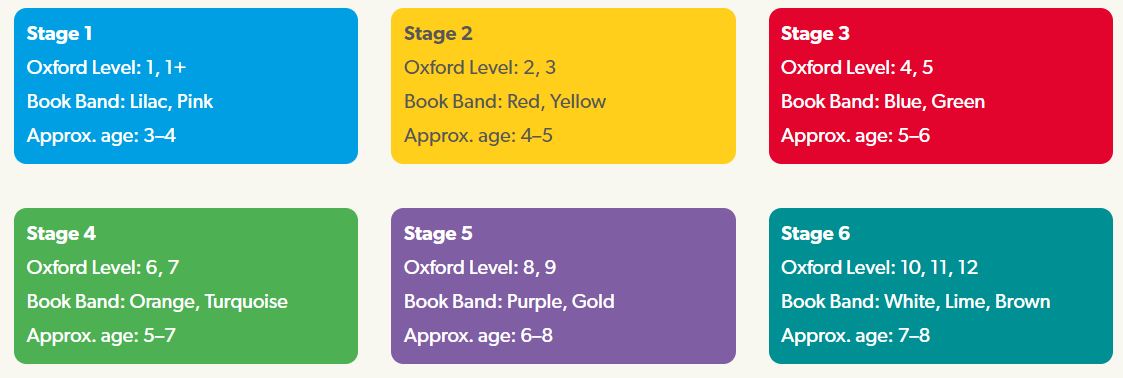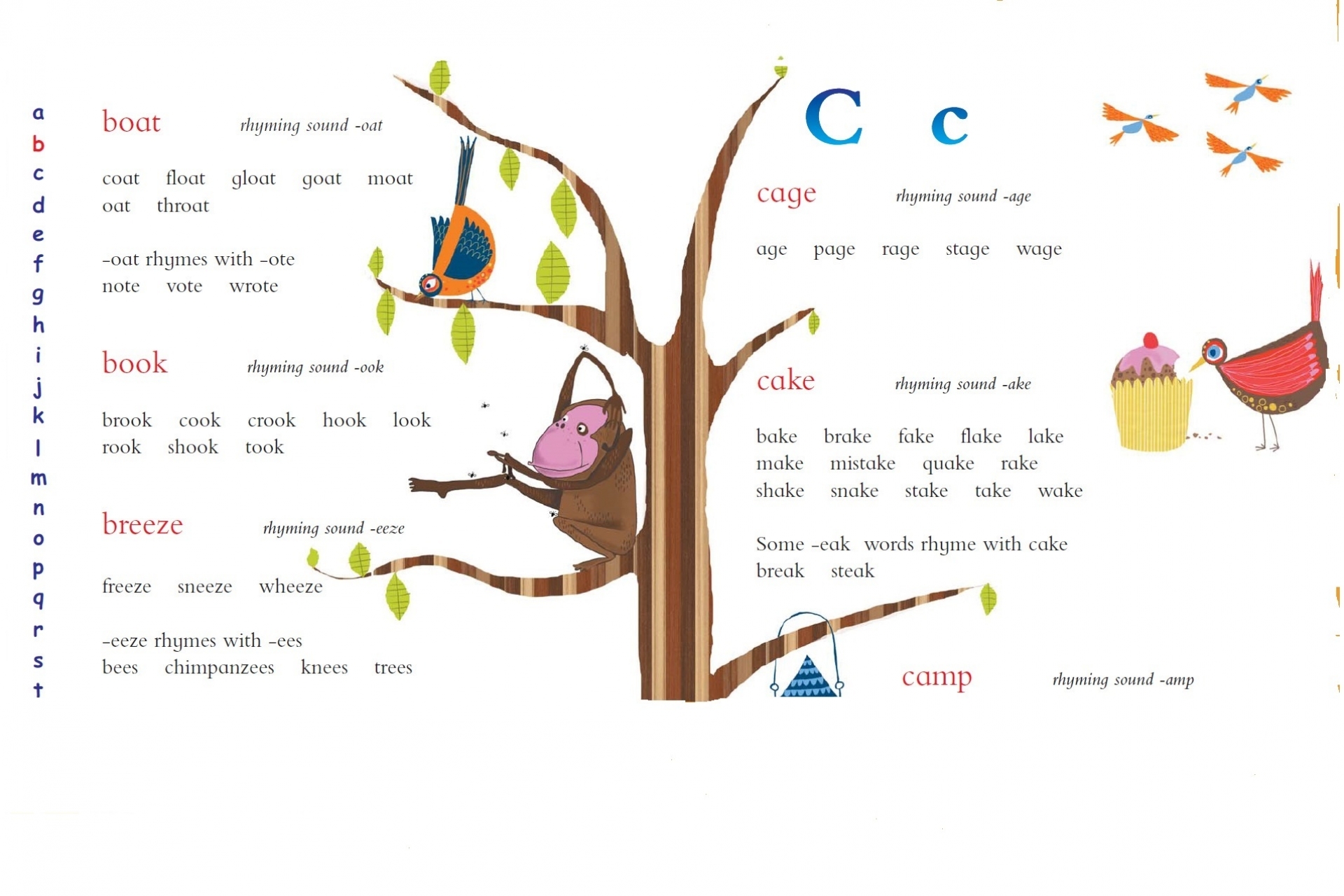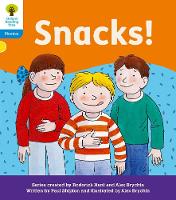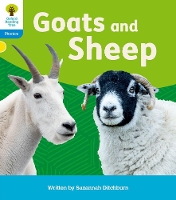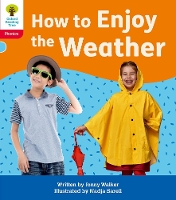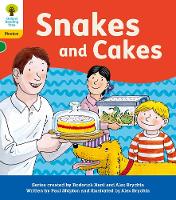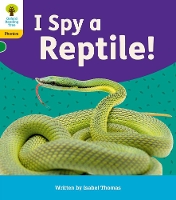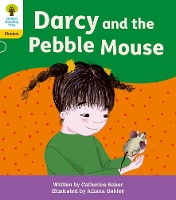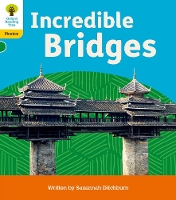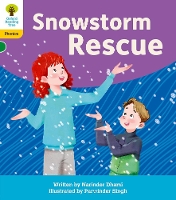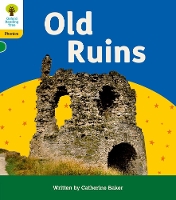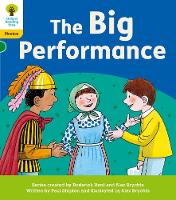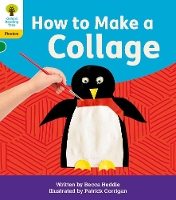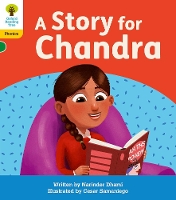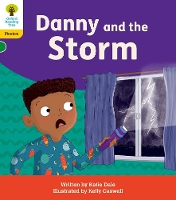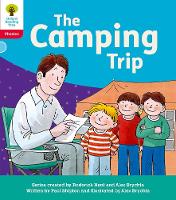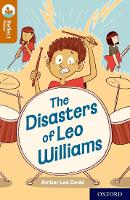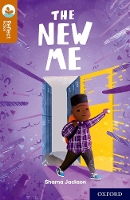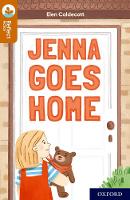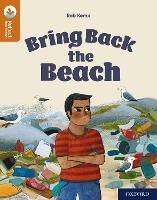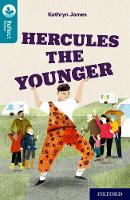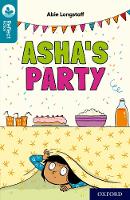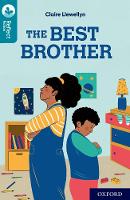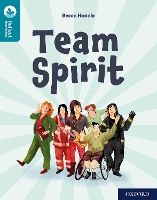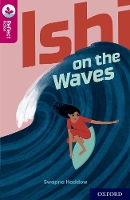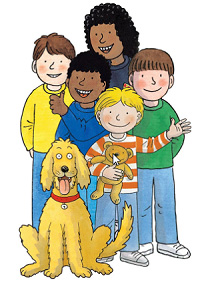 At school, and at home
At school, and at home
Schools across the world use Oxford Reading Tree books, including series such as Floppy's Phonics, Biff, Chip and Kipper, Traditional Tales, Songbirds Phonics, inFact, and Story Sparks.
How are children taught to read at school?
Reading is one of the most important things your child will learn at school. In England, children are taught to read the words on 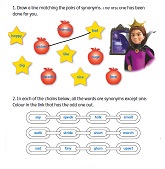 the page using phonics. Phonics is an approach to reading that focuses on building words from sounds. A sound might be represented by a letter (such as ‘s’ or ‘m’) or a group of letters (like ‘ch’ or ‘igh’). Children start by learning the letters and the sounds they make, and how to put them together to read simple words. There is a useful audio guide to phonics on this Phonics made easy page.
the page using phonics. Phonics is an approach to reading that focuses on building words from sounds. A sound might be represented by a letter (such as ‘s’ or ‘m’) or a group of letters (like ‘ch’ or ‘igh’). Children start by learning the letters and the sounds they make, and how to put them together to read simple words. There is a useful audio guide to phonics on this Phonics made easy page.
How can I help my child learn to read at home?
You'll find lots of expert advice and helpful tips on these Reading at home pages, and on the Oxford Reading Tree blog. The most important thing you can do is make the time to read with your child every day, whether a book sent home from school, borrowed from the library or from your own bookshelves.
What are book bands and Oxford Levels?
In the UK, book bands are used across different reading schemes to indicate the reading level of each book. You will see our Oxford Levels alongside the equivalent book band colours on the back of each Oxford Reading Tree book.
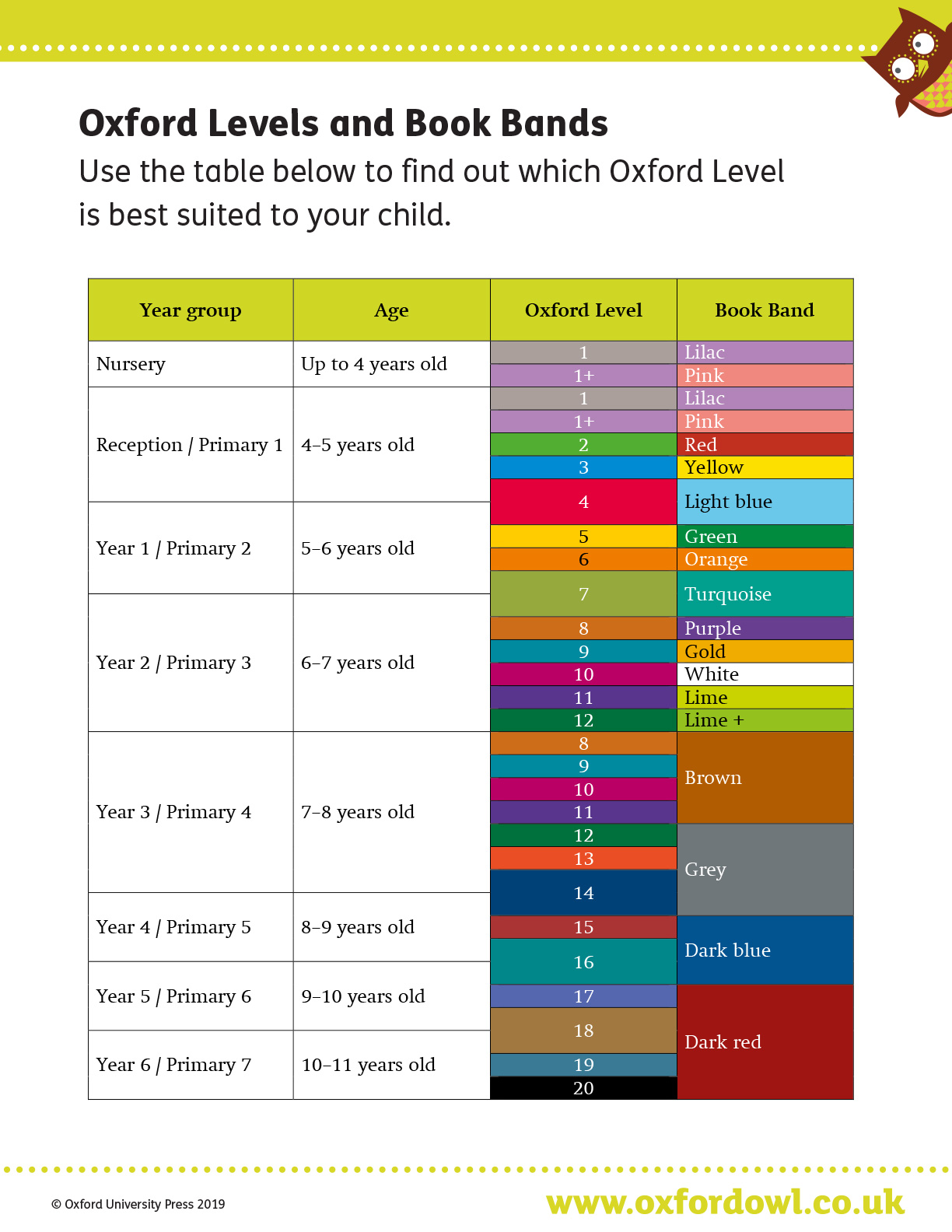
You can find out more about the Oxford Reading Tree scheme, along with games, activities and resources at www.oxfordowl.co.uk
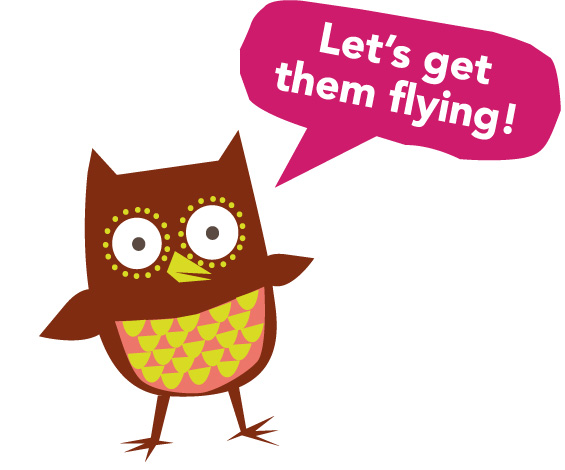
Read with Oxford
If you would like to give your child a bit of extra help with reading, then look no further than Read with Oxford. Read with Oxford is a home reading scheme that can be used alongside any school reading scheme that your child is using. It has six Stages to take your child from their first steps in phonics to being independent readers.
Read with Oxford Stages use the same reading skills progression as Oxford Reading Tree Levels – but in wider bands:
